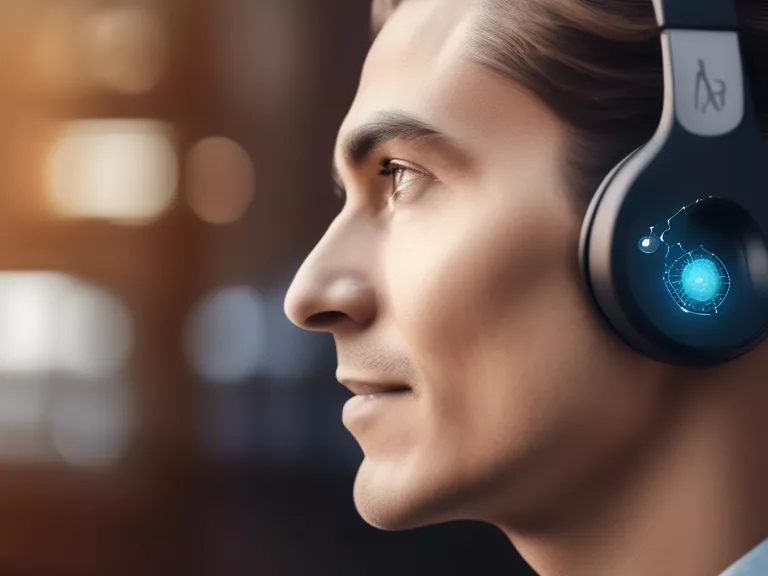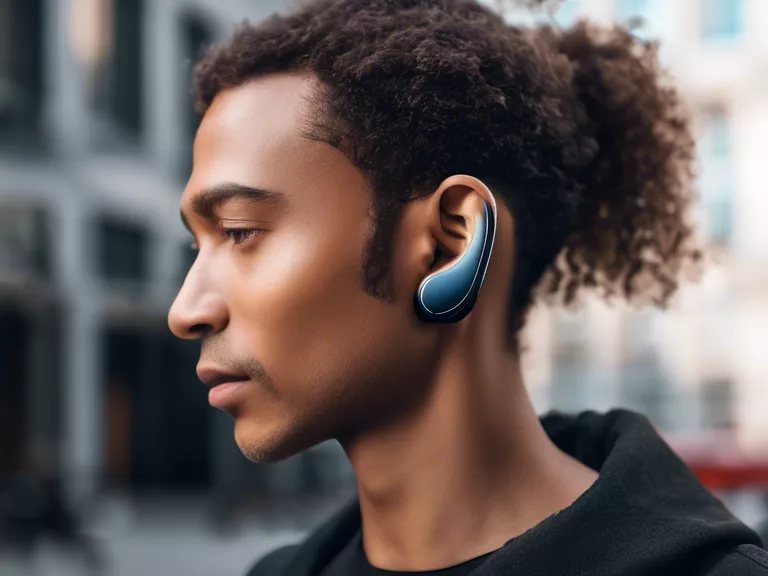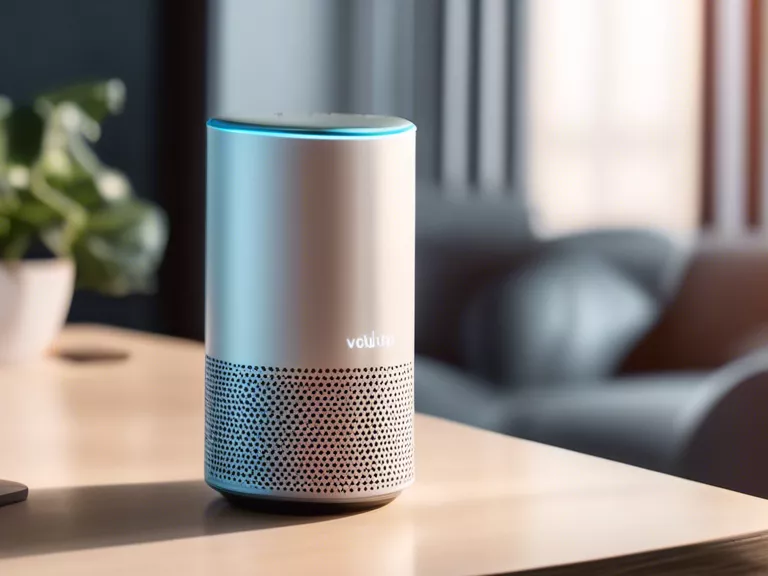
Artificial Intelligence (AI) is revolutionizing the way hearing aids function, leading to enhanced audio clarity for individuals with hearing impairments. AI-powered hearing aids are equipped with advanced algorithms that analyze and process sounds in real time, making it easier for users to hear and understand speech in various environments. This technology has the potential to significantly improve the quality of life for those with hearing loss, allowing them to better engage in conversations and interact with the world around them.
One of the key features of AI-powered hearing aids is noise reduction. These devices can distinguish between speech and background noise, automatically adjusting the volume and focus to highlight the sounds that the user wants to hear. This helps to minimize distractions and improve speech intelligibility, particularly in noisy settings such as restaurants or crowded spaces.
AI algorithms also enable hearing aids to adapt to different listening environments, such as quiet rooms, busy streets, or outdoor settings. The devices can learn the user's preferences and settings over time, making automatic adjustments to provide optimal hearing assistance in any situation. This level of customization allows users to have a more natural and personalized listening experience.
Furthermore, AI-powered hearing aids can provide feedback and alerts to users about the condition of the device, battery life, and potential issues. This proactive approach helps users stay informed and ensures that their hearing aids are functioning properly at all times. Additionally, some devices can connect to smartphones or other devices via Bluetooth, allowing users to stream audio directly to their hearing aids and control settings through an app.
In conclusion, AI-powered hearing aids are transforming the way individuals with hearing impairments experience the world around them. By leveraging advanced algorithms and technology, these devices are enhancing audio clarity, reducing background noise, adapting to different environments, and providing personalized assistance. As this technology continues to evolve, it holds great promise for improving the quality of life for those with hearing loss.



